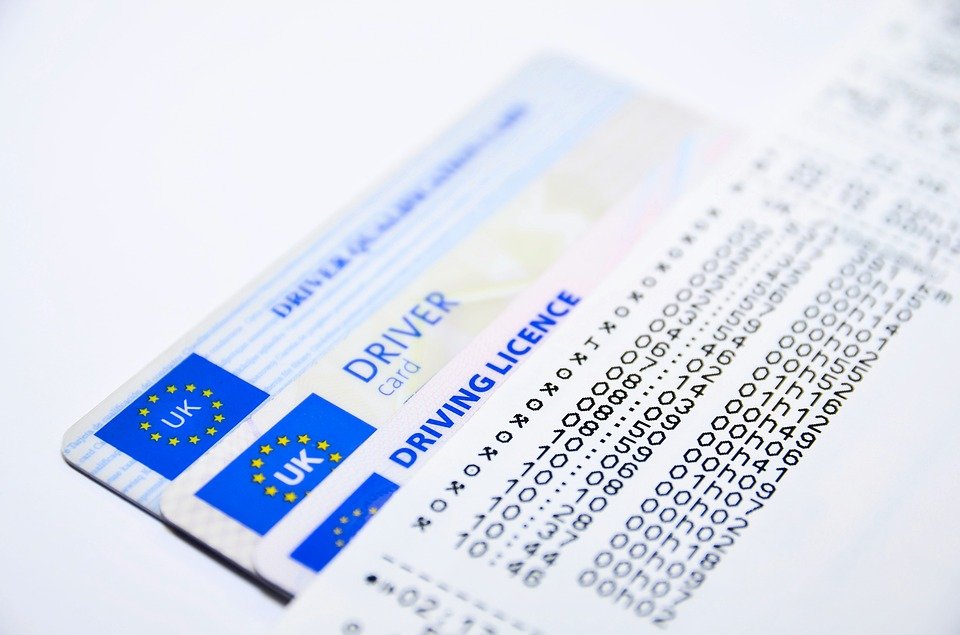
Richard Hipkiss, Operations Director at Fleet Operations explains how best to implement a multi-faceted fleet safety and risk management scheme and guarantee employee engagement.
Every company has a legal obligation or duty of care to make sure that a workplace is safe and to prevent risks to health from occurring. The workplace extends to any vehicle driven for business purposes, including private vehicles. Companies are required to educate drivers, provide fleet driver training and make sure the vehicles they drive are safe and fit for purpose.
Driver safety programmes have also been proven to have a significant impact on costs, not just by reducing accidents but also by improving fuel efficiency, reducing end of contract costs for unfair wear and tear and minimising downtime, tyre consumption and consumable component costs.
There are also a number of sound ethical reasons why any company would want to promote a proactive vehicle risk management service. It positions your business as a responsible employer, helping to enhance and protect your brand and sends a positive message to the local communities in which you operate. It also demonstrates your commitment to your duty of care towards your employees, has a positive impact on the culture of your business and makes a small yet vital contribution to the safety of all road users.
Document checks
Abolition of the Driver Licence paper counterpart increases the risk of employing drivers who are not legally eligible to drive. Unlicensed drivers obviously pose a substantial risk to a business in a number of areas and at the very least, a robust licence checking process can dramatically reduce this.
It is essential that licence records are checked directly with the DVLA, either via a third party or online with the individual driver’s consent. Documents such as insurance and MOT should also be checked on all non-company cars at point of renewal, rather than a fixed annual date.

Individual driver risk profiling
Every employee – including those with grey fleet vehicles – should be initially screened and rated as a low, medium or high risk driver based on a number of factors including age, annual mileage, licence origin, endorsements, previous driver training and incidents.
This data, coupled with an online driver assessment covering hazard perception, driving regulations, observation and attitude is an extremely powerful and accurate assessment of a driver’s risk profile, and the results pinpoint specific areas of weakness to address via training and development.
Ideally, you should be checking risk factors every month, to ensure that employee risk ratings are as accurate as possible. Every incident – from serious accidents to minor wing mirror grazes – should go through a Root Cause Analysis and recommendations made on which tailored training package is required. If, for example, an employee gets points for speeding in August, pushing them into a high risk category, they should be immediately mandated to complete a training module on speeding in September, not 12 months later.
Buy-in from senior management
If, for any reason, employees do not undertake training within the specified deadline, this should be reported to line managers and escalated up to senior management until training is completed. For any risk scheme to be effective it is critical that it is led from the very highest echelons of management and that employees know this. An introductory letter from the MD or CEO is a powerful way of underlining the importance of the scheme to employees.
Technology can obviously play an important role here with, ideally, an integrated IT system collating all relevant risk data to provide a holistic view. Powerful fleet reporting can also track all relevant costs associated with risk. The latest apps can now mandate drivers to make regular vehicle safety checks before they set off while telematics software can help you control driver hours and produce safer journey planning.
Addressing pain points
If data reveals that, for example, rear end collisions or mobile phone usage are a particular issue, a specific e-learning course can be devised to tackle this head-on and given to every employee.
A clear and pragmatic company policy on mobile phone use while driving should be sent to every employee. Rather than imposing an outright ban (which is often impossible to police), the policy could state, for example, that the company does not expect employees to make calls while driving but that they can accept calls to tell callers they will call them back, so concentration behind the wheel is not impeded by longer conversations.

Getting employee engagement
A detailed driver safety handbook can provide advice on everything from driving in adverse weather to dealing with fatigue. Think about a user-friendly medium to deliver this – a 50 page word policy will not be engaging, and rarely read by the employee. Short videos, animation and pictorial guides are far more effective and can be used to show employees the correct seating positions, for example, or how ergonomics can help to avoid injury.
A dedicated risk management section on your employee web portal or intranet can keep safety top of mind, supported by an ongoing campaign of posters and e-shots and topical advisory guides on issues like winter driving or driving overseas.
It is also critical to educate employees about the risks of alcohol and drugs behind the wheel and to be clear that this stems from concerns about their safety. Training workshops can be used to remind sales people of the dangers of high alcohol levels in the blood the morning after nights out entertaining customers, and to highlight the impact of even one pint on driving awareness.
Return on investment
Driver safety and risk management schemes have been proved highly effective at changing driver behaviour, reducing the number and severity of accidents, and delivering a significant return on investment.
Key statistics to measure to assess success include reductions in at-fault accidents, total accident numbers/costs, the average cost of incidents, the number of high risk drivers, speeding and mobile phone penalties, and any reductions in specifically highlighted issues like at-fault rear end collisions.
This eBook will guide you through some of the key understandings you need to be able to manage driver safety effectively and, at the end, provide a series of free resources you can access to help you ensure your own driver safety management system is robust, legally compliant and in line with industry-accepted good practice.
Download this eBook from Driving for Better Business and SHP to cover:
- Why do we need to manage driver safety?
- Duty of care – a shared responsibility;
- Setting the rules with a driving for work policy;
- Managing driver safety;
- Ensuring safe vehicles;
- Safe journeys and fitness to drive;
- Record keeping;
- Reporting;
- The business benefits of good practice;
- Additional resources




